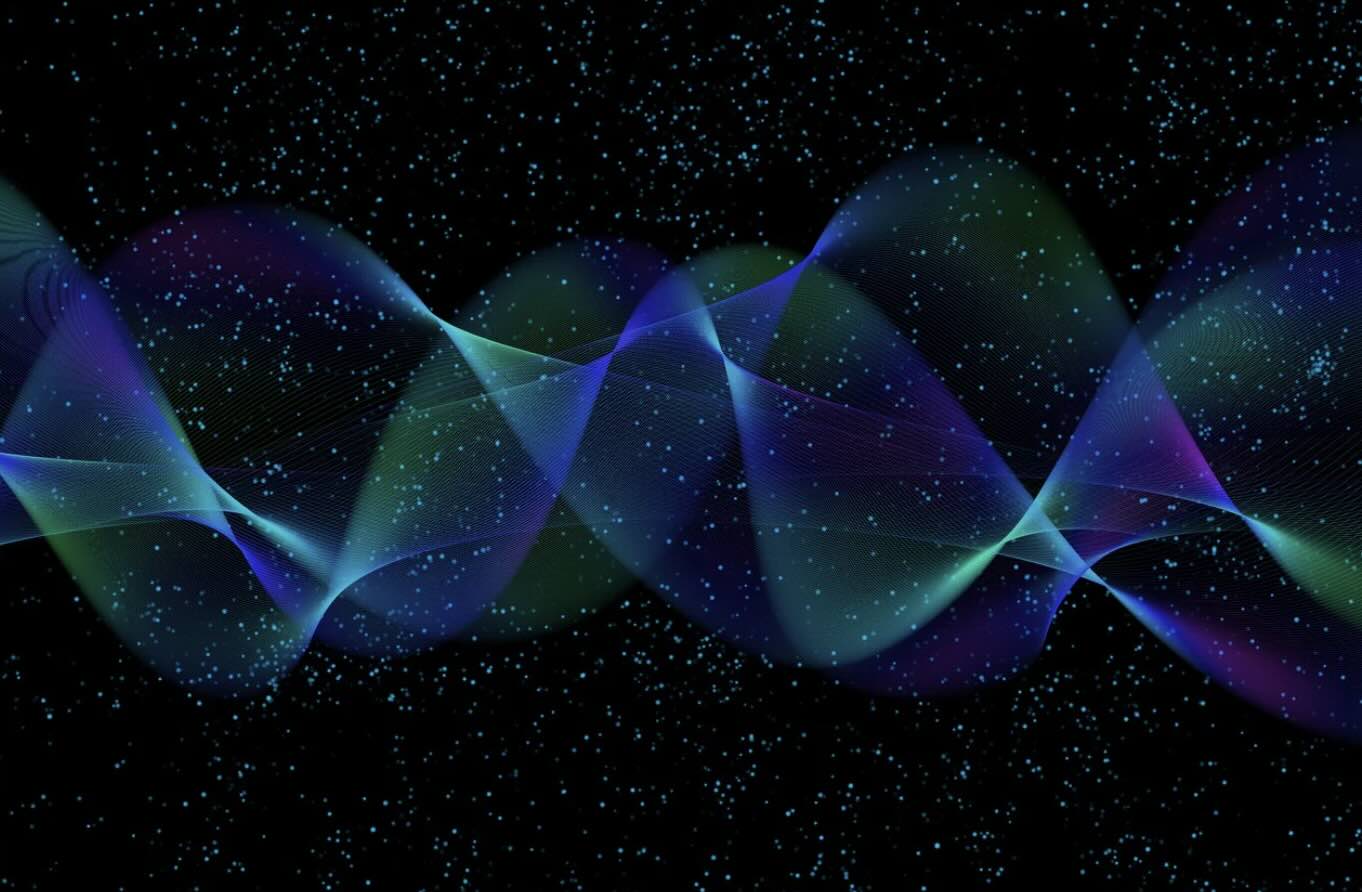Not all phase transitions in nature are simple. While ice melting or water boiling are well-understood, some of the most intriguing changes occur in the bizarre world of quantum mechanics, and they defy the classical rulebook.
A new international study published in Science Advances takes a major step forward in understanding deconfined quantum critical points (DQCPs), rare and paradoxical phase transitions where matter shifts between two different types of order without passing through disorder. These transitions fly in the face of the well-established Landau theory, which has been the foundation of phase transition theory for nearly a century.
“DQCPs represent a fascinating paradox in quantum physics,” Menghan Song, a PhD student at the University of Hong Kong and co-author of the study, told the Debrief. “Unlike traditional phase transitions, which involve a shift between order and disorder, DQCPs describe a transition between two distinct ordered phases. This defies the century-old Landau theory of phase transitions, which assumes symmetry-breaking as the foundation of all phase changes.”
These results not only offer new theoretical insight but could also pave the way for future technological breakthroughs. DQCPs are believed to underlie exotic materials such as quantum spin liquids, which may be used in next-generation quantum computing systems or high-temperature superconductors.
Jumping From One Phase to Another
Rather than resembling a melting or boiling process, DQCPs allow matter to leap directly from one ordered state to another, like turning one kind of ice crystal into another without melting.
“Imagine two kinds of ice: one with a hexagonal pattern and another with a square pattern,” Song explained. “A traditional phase transition is like ice melting into water (order → disorder). A DQCP, however, is like ice transforming directly between hexagonal and square patterns, no melting required.”
The surprise lies in the fact that these phases possess incompatible symmetries, making their direct transformation both surprising and significant. “It’s like switching between two languages with entirely different alphabets — neither can be derived from the other by simply ‘breaking’ rules,” Song said. “Such transitions imply the existence of exotic quantum entanglement patterns that act as a ‘glue’ between phases, opening doors to previously unimaginable states of matter.”
Modeling Quantum Transitions with Entanglement
To explore this phenomenon, Song and collaborators from Yale University, UC Santa Barbara, Ruhr-University Bochum, TU Dresden, and the Chinese University of Hong Kong used quantum Monte Carlo simulations to model systems governed by SU(N) spin symmetry, a mathematical framework that allows physicists to vary the symmetry of the system by changing the parameter N.
“The square-lattice SU(N) model is one of the simplest models that realize the DQCP that avoids the ‘sign problem’… enabling precise quantum Monte Carlo calculations,” said Song. “Additionally, previous literature… suggests that as N increases, the critical behavior tends to resemble a continuous phase transition, and those anomalies reported in SU(2) case gradually disappear.”
The team also employed entanglement entropy as a key diagnostic tool — a global measure of quantum information shared between system parts, often used to identify hidden patterns in quantum materials. This approach offered a way to cut through longstanding theoretical debates about the true nature of DQCPs.
“Entanglement entropy as a global measure of a quantum state provides a rather lucid and qualitative criterion,” added Song. “… From this clear criterion, we can examine whether DQCPs are compatible with a continuous phase transition description.”
A Threshold for a Different Quantum Phase
The researchers discovered that at small values of N, the behavior of DQCPs deviated from expectations of smooth, continuous transitions. Instead, they observed anomalous logarithmic scaling in the entanglement entropy — a hallmark that the transition might be first-order or otherwise non-conforming.
However, as N increased, the system’s behavior began to align with the framework of conformal fixed points, mathematical models that describe smooth and continuous transitions. This revealed a critical threshold of N above which DQCPs could be treated as continuous, a significant advancement in resolving a decades-long debate.
As physicists continue to explore this frontier, the work by Song and her colleagues sheds light on one of the most puzzling and promising corners of quantum matter, where the boundaries between states dissolve and entirely new forms of order emerge from the entangled quantum fog.
Kenna Hughes-Castleberry is a freelance science journalist and staff writer at The Debrief. Follow and connect with her on BlueSky or contact her via email at kenna@thedebrief.org

